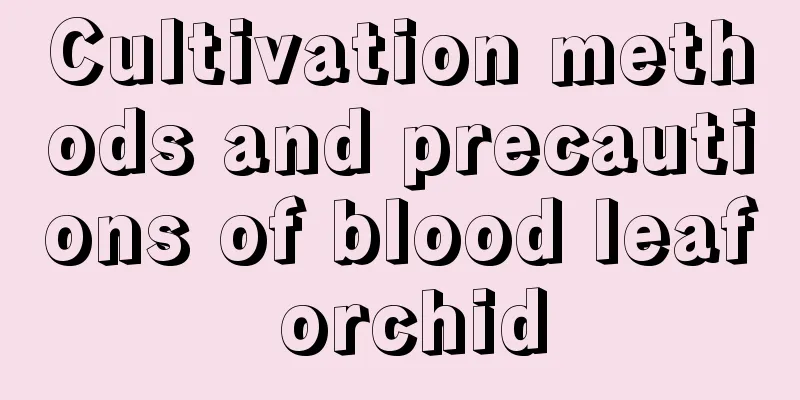How to grow onions

1. Maintenance methods1. Temperature: It has a very high cold resistance, so the general ambient temperature needs to be maintained between 21 degrees and 27 degrees. The temperature in winter needs to be maintained at at least 7 degrees to prevent frostbite. The summer temperature should not be too high to reduce the occurrence of plant rot. 2. Watering: A lot of water is needed during the growth period, because this will allow the plant to grow more ideally, and at the same time the flesh will be thicker and have more juice. This should be paid special attention to in the summer. Watering is required almost every morning and evening. There is no need to water it frequently in winter. Moderate watering can allow it to survive the winter normally. 3. Light: General light is within its tolerance range, so there is no need to worry about the risk of sunburn. Of course, try to ensure that it receives sufficient warm sunlight so that it can grow more vigorously and its color will be more perfect. 4. Fertilization: It needs to absorb some trace elements during its growth, and this is also necessary for its growth, so it needs to be applied with some compound fertilizer during the growth period, but be careful to apply thin fertilizer frequently, and do not apply too much each time, otherwise it will burn the plant. 2. Breeding techniques1. Reproduction: Sowing and bulb propagation are the main methods. Sowing is done in spring. Pay attention to the temperature and watering after sowing. Transplant after it grows three leaves. For bulb propagation, just bury the onion head in the soil, then control watering and wait for it to sprout. Of course, of these two methods, sowing can be used for large-scale planting, while bulbs are generally used in home breeding. 2. Pruning: It does not require pruning because its shape is different from other plants and the growth rate of its branches and leaves is not very fast, so try not to prune it, otherwise it will be counterproductive. 3. Problem diagnosis and treatment1. Disease: Purple spot disease will occur during the fruit ripening period. This disease will seriously affect the yield, so it is necessary to choose disease-free seeds when planting, and it is also necessary to use lowering humidity to prevent and control it. 2. Pests: Aphids may occur and can be sprayed with a DDT solution. IV. Other issues1. Toxicity: Non-toxic, edible, very suitable for breeding. 2. Can it be raised at home? Yes, but only a small amount can be grown at home. Large-scale planting still needs to be done outdoors. |
Recommend
Ligustrum lucidum’s flower language and legend
Ligustrum lucidum flower language Love is an eter...
What to do if the anthurium flowers wither
1. When is the flowering period? There is no fixe...
When is the right time to plant beans?
As a popular vegetable, beans are grown in almost...
Can the juice balcony rose be planted in the ground?
Can the juice balcony rose be planted in the grou...
Does Pontus tiliaceus prefer shade or sun?
Does Pontus tiliaceus prefer shade or sun? Pomati...
Picture of Begonia
Malus truncatum Introduction to Malus chinensis T...
How many kilograms of corn can be produced per mu in Xinjiang?
Corn yield per mu in Xinjiang The corn yield in X...
The difference between chrysanthemum and sunflower
Mesembryanthemum Mesembryanthemum is a perennial ...
How to grow perfume grass
1. Maintenance methods 1. Temperature: The temper...
Does Hoya prefer shade or sun?
Does Hoya prefer shade or sun? Hoya is not an eas...
How to grow Jade Plants in spring
1. Appropriate amount of water Spring is an impor...
An experienced flower farmer told me that if I cut dying flowers twice like this, they will be guaranteed to come back to life in three days!
Clivia Summer is here, and many places have enter...
When is the best time to transplant the money tree? What is the best month to transplant the money tree?
If you want potted flowers and plants to grow wel...
Cultivation method of evergreen dianthus
1. Maintenance methods 1. Temperature: The temper...
Do you know what are the precious varieties of Gyokuro?
Glutinous rice dew The ones that are scarce and e...









